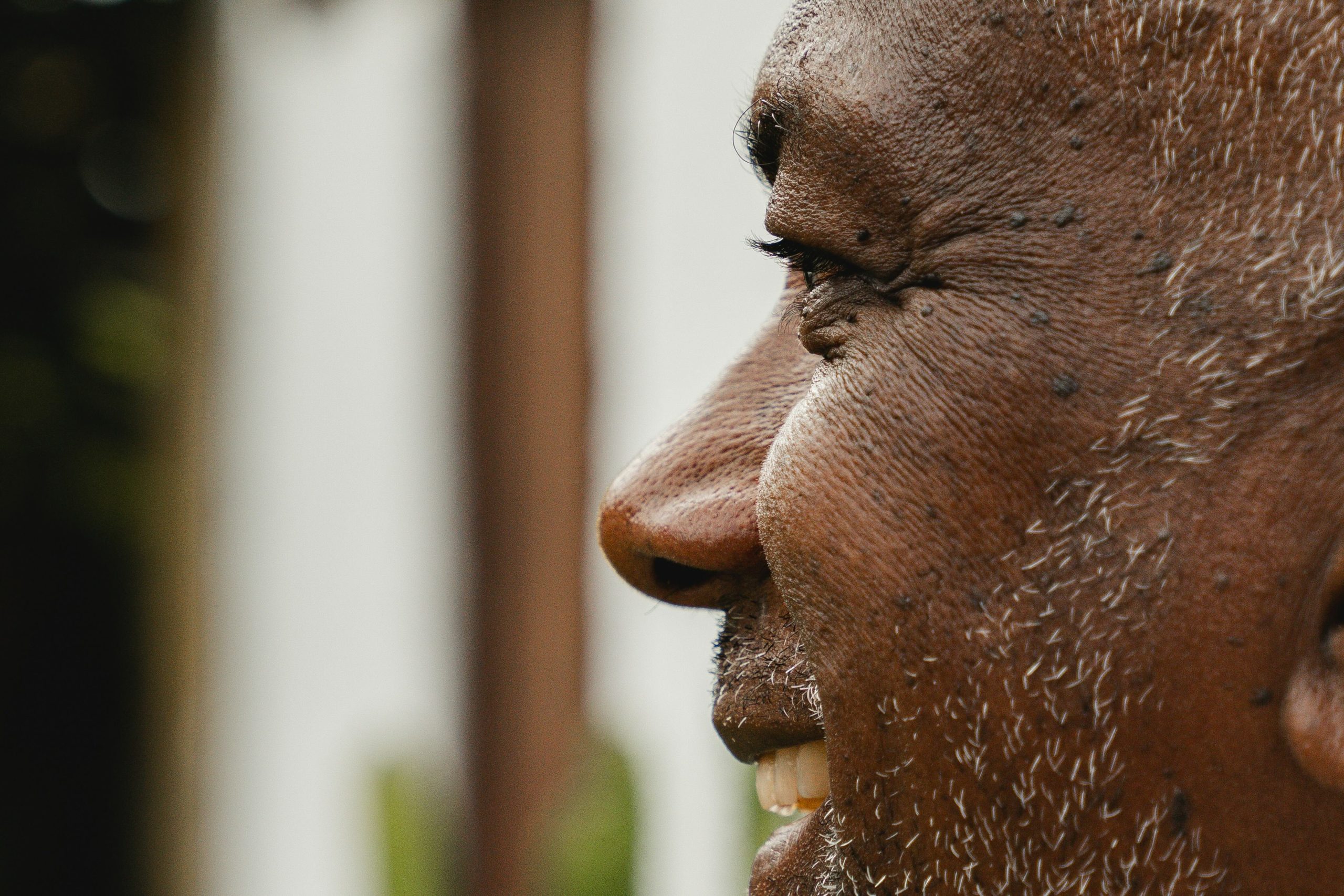Written by The Happiness 360 Editorial Team
Photography by Getty Images
Photo by Fellipe Ditadi
Opening Notes from Traciana
We hear about menopause everywhere, but men’s midlife changes remain cloaked in silence. This silence around andropause costs us dearly—in relationships, health, and the unnecessary suffering of millions of men who don’t understand what’s happening to their bodies and minds.
—Traciana
What Exactly Is Andropause?
Andropause refers to the slow decline in testosterone and other key hormones that begins for most men in their 40s and accelerates into their 50s and beyond. While menopause is a clear hormonal shift that all women experience, andropause is more subtle, gradual, and uneven—which may be why it’s so often overlooked.
The onset typically begins in the late 30s to mid-40s, becomes noticeable between ages 45-55, and unlike menopause, which can occur over a few years, andropause can extend across decades. This gradual progression makes it easier to dismiss symptoms as stress, aging, or lifestyle factors rather than recognizing them as part of a biological transition.
What Happens During Andropause?
The changes aren’t imaginary or purely psychological. They’re physiological, measurable, and deeply real. Testosterone levels decrease by about 1% per year after age 30, and by age 60, many men have levels low enough to cause significant symptoms.
The physical manifestations include chronic fatigue, reduced muscle mass, slower recovery from exercise, and changes in body composition. Sexual health shifts encompass lower libido, changes in erectile function, and altered fertility. Many men also experience cognitive impacts like difficulty concentrating, memory lapses, or what some describe as “mental fog.”
Perhaps most significantly, emotional well-being changes dramatically. Men may experience irritability, anxiety, depression, or mood swings that they struggle to name or understand. These emotional shifts often go unrecognized because they don’t fit cultural expectations of how men should process change.
The Silence Around Men’s Midlife Transitions
Several factors contribute to the cultural invisibility of andropause. Men are expected to “tough it out,” making vulnerability about physical or emotional shifts culturally taboo. Many doctors don’t routinely test testosterone levels until symptoms become severe, and even then, men may be misdiagnosed with depression or stress rather than hormonal changes.
The lack of common language compounds the problem. While “menopause” exists in mainstream conversation, “andropause” barely registers, leaving men without a framework to understand their experience. This absence of vocabulary makes it difficult for men to seek help or for their partners to understand what’s happening.
Cultural messaging around masculinity further complicates recognition and treatment. Men learn early that physical or emotional struggles should be managed privately, making them less likely to discuss symptoms with healthcare providers or loved ones.
Why This Matters as Much as Menopause
Menopause has rightfully become a cultural conversation, with books, products, and workplace reforms acknowledging its impact. Men deserve the same recognition and support for their midlife biological transition.
Ignoring andropause carries significant costs across multiple life domains. Relationships suffer when partners don’t understand the biological roots of shifting intimacy, energy, or emotional availability. Careers may stall when energy, confidence, or focus decline without explanation or accommodation.
Health risks increase substantially when low testosterone goes undetected. Cardiovascular disease, osteoporosis, metabolic disorders, and mental health issues all correlate with untreated hormonal decline. Early recognition and treatment can prevent many of these complications.
The relational impact extends beyond romantic partnerships. Men experiencing andropause may become more isolated, irritable, or withdrawn, affecting their connections with children, friends, and colleagues. Without understanding the biological component, these changes are often interpreted as character flaws rather than treatable symptoms.
Breaking the Cultural Silence
Recognizing andropause isn’t about pathologizing men or excusing problematic behavior. It’s about providing the tools, support, and self-understanding necessary to thrive during a natural biological transition.
Healthcare systems need to incorporate routine hormonal screening for men, just as they do for women. Workplace wellness programs should acknowledge that midlife transitions affect both genders. Partners and families need education about what andropause looks like and how to provide support.
Most importantly, men need permission to acknowledge that they’re experiencing real, biologically-driven changes that deserve attention and care. Strength isn’t found in suffering silently through a treatable condition—it’s found in seeking the support necessary to live fully.
The Path Forward
When we acknowledge andropause as a natural biological transition, we expand the conversation of midlife health beyond women alone. Men’s well-being—physical, emotional, and relational—deserves the same attention, research, and cultural support that women have fought to achieve around menopause.
Just as women have advocated for language, resources, and respect around their hormonal transitions, men now need a similar cultural awakening. This isn’t about competition between genders—it’s about recognizing that both men and women experience significant biological changes that affect their health, relationships, and quality of life.
When men understand and address their midlife hormonal changes, they don’t just improve their own health. They become better partners, fathers, leaders, and community members. They model for younger men that seeking help is strength, not weakness.
The silence around andropause serves no one. It’s time to bring men’s midlife health into the light, where it can be understood, discussed, and properly supported.
About the Happiness 360 Editorial Team:
The H360 Editorial team researches evidence-based fitness and wellness approaches, focusing on sustainable, individualized strategies that go beyond oversimplified categorizations.
Disclaimer:
This content is for informational purposes only and is not intended as medical or fitness advice. Consult qualified exercise professionals and healthcare providers before starting any new exercise program, especially if you have health conditions or injuries.
Read our full disclaimer →






















0 Comments for “When Men Hit Midlife: Why Andropause Matters as Much as Menopause”